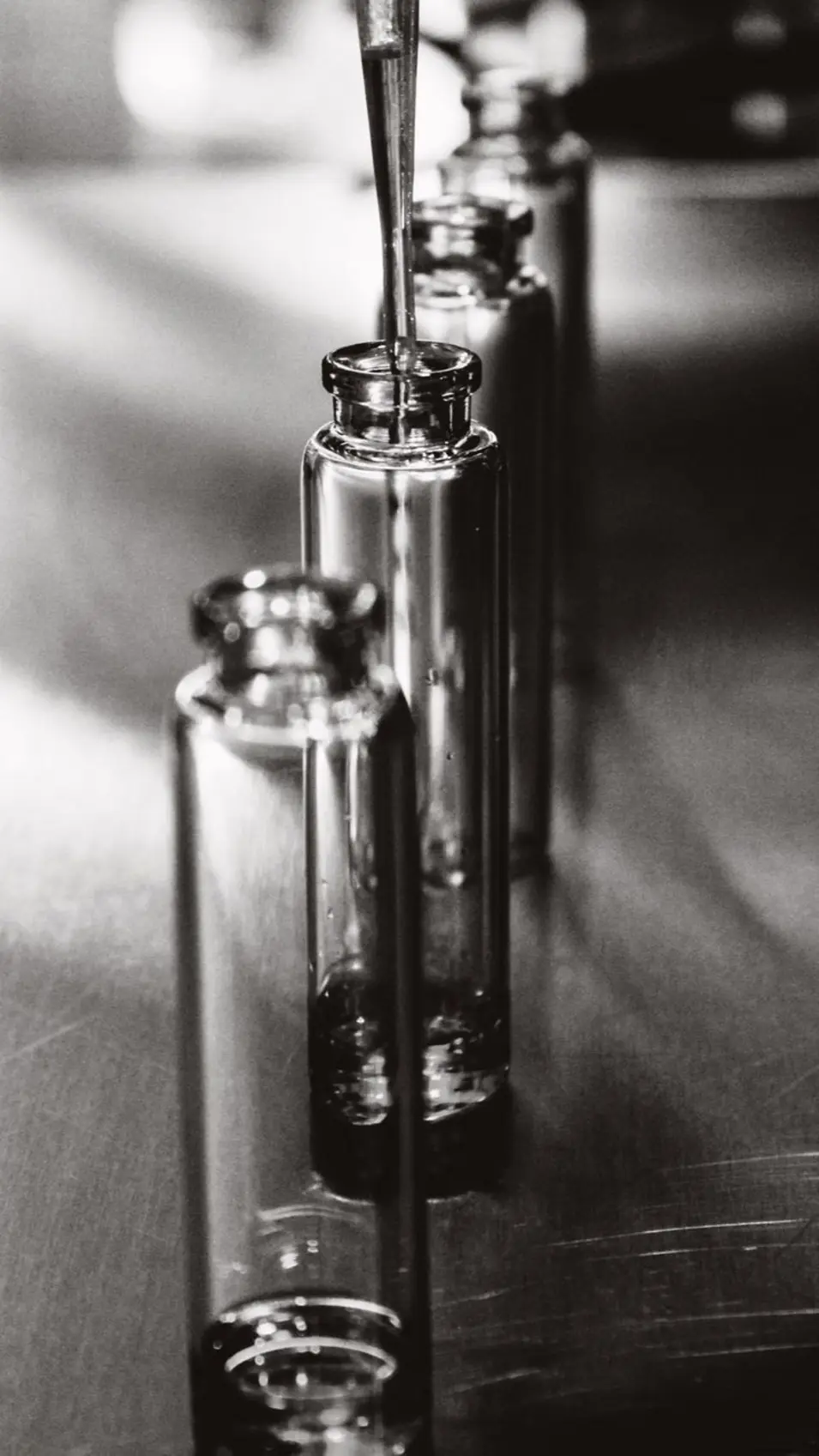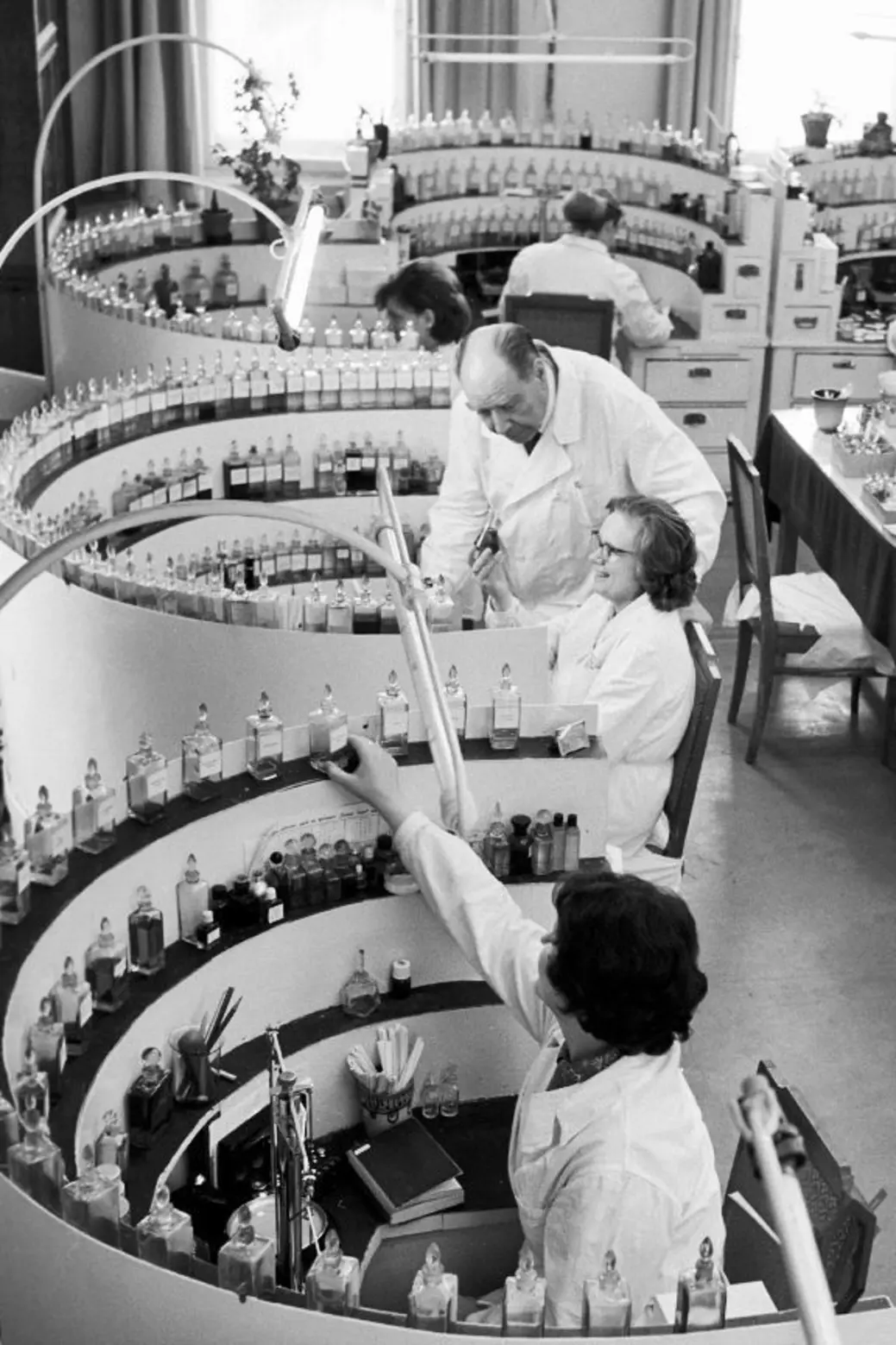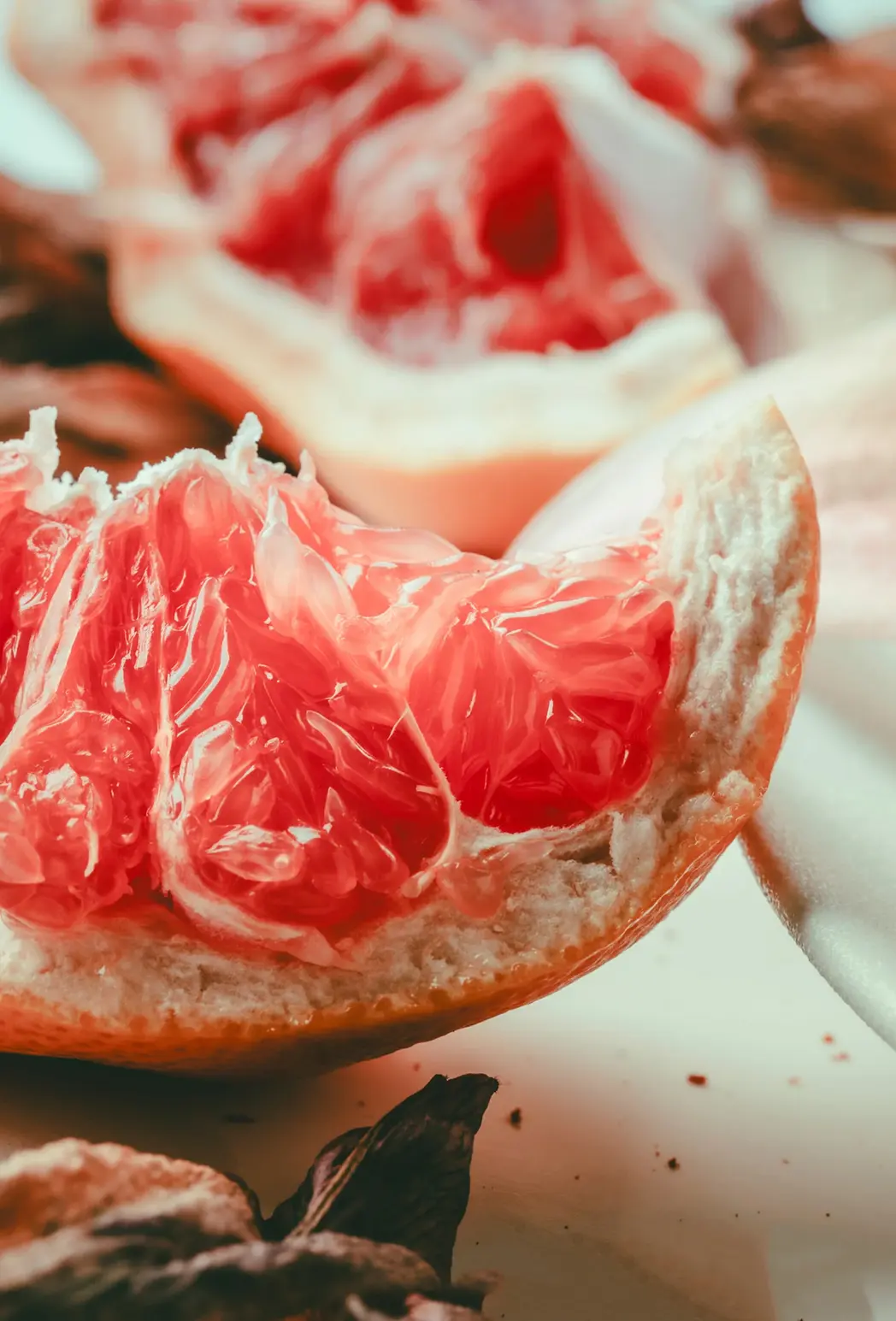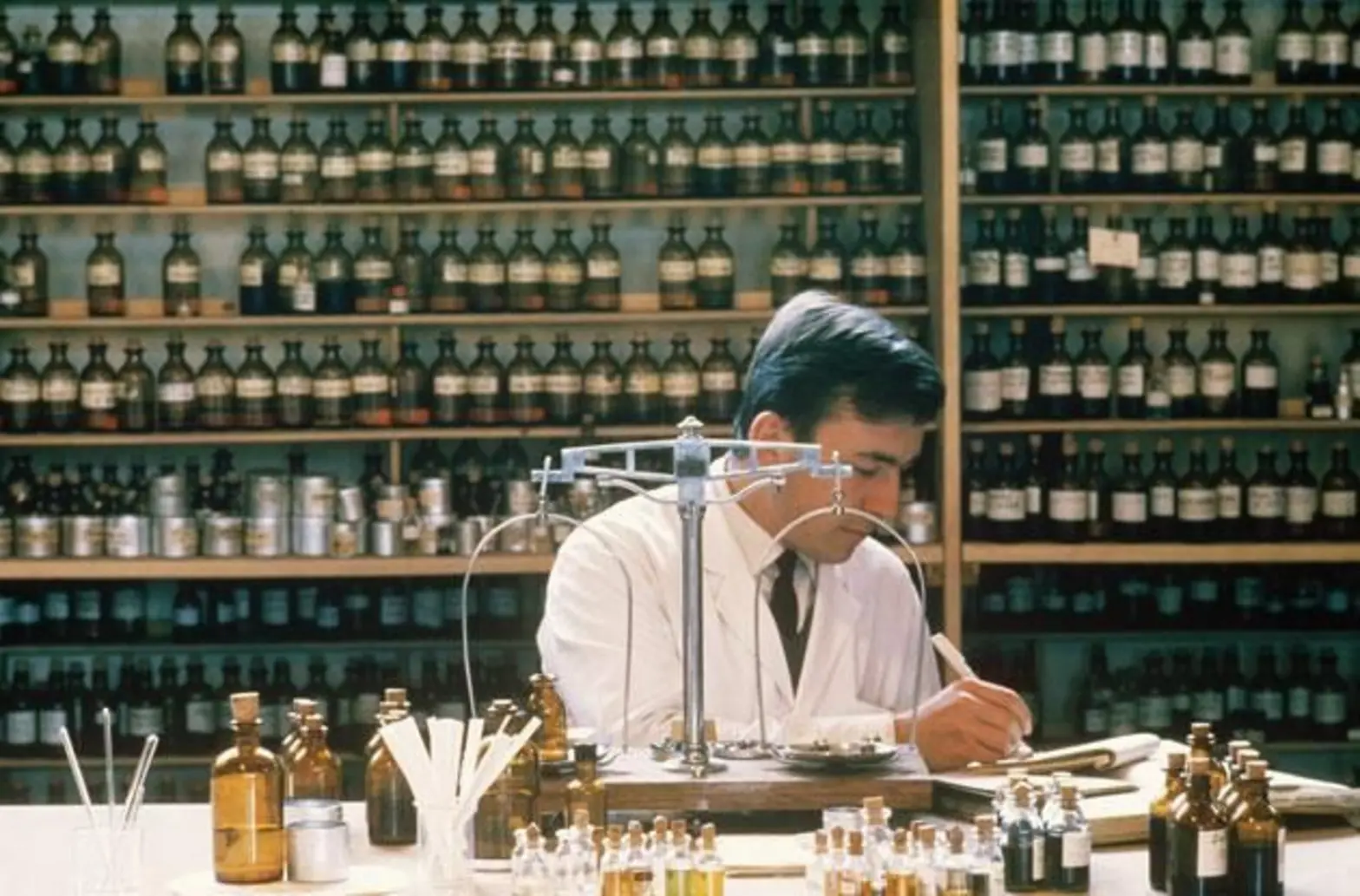What if your favorite floral perfume is up to 95% petrochemical? A new generation of fragrances is challenging that notion, using lab-grown bacteria and yeast to rewrite the definition of allure, one molecule, one microbe at a time.

What if your favorite floral perfume is up to 95% petrochemical? A new generation of fragrances is challenging that notion, using lab-grown bacteria and yeast to rewrite the definition of allure, one molecule, one microbe at a time.
October 2, 2025
What if your favorite floral perfume is up to 95% petrochemical? A new generation of fragrances is challenging that notion, using lab-grown bacteria and yeast to rewrite the definition of allure, one molecule, one microbe at a time.
There was a time when scent enthusiasts would hunt down rare ingredients like they were searching for treasure. Owning a fragrance with a genuine patchouli note - a flowering plant in the Lamiaceae family whose essential oil is extracted from its leaves - was a testament to one's connoisseurship, a world that "newbies" could barely access. Back then, the perfume world was captivated by complex "scent layers" from expensive and rare extracts, and people would whisper stories about tons of jasmine flowers harvested at dawn or precious drops of essential oil likened to "liquid gold." These stories painted a romantic, almost fairytale-like picture, even if they were sometimes detached from reality or were simply marketing ploys to drive sales. Even the legendary oriental woods, musks, and earthy notes, like the luxurious ambergris - "the incense of the sea," a solid waxy substance created in the digestive system of sperm whales - once a symbol of opulence, were soon "manipulated" in labs to reduce costs or boost production.

Yet, this picturesque scene faced a major challenge, most notably the patchouli essential oil crisis in 2010. It wasn't due to a lack of creative ideas or technology; so, how did a multi-billion dollar fragrance industry become so dependent on the weather on a small island like Indonesia? This was a shocking revelation for scent connoisseurs. When the world’s primary patchouli supplier was in trouble, it meant a potential disappearance of numerous signature perfumes, or prices skyrocketing with no stock. This sudden scarcity forced an open question upon the perfume industry: Was there a way to create fragrances without nervously monitoring Mother Nature's emotions and meticulously measuring the benevolence of each harvest? Could the essence of patchouli, bitter orange, grapefruit, rose, or sandalwood be recreated without depleting nature's precious children of the forest?
This was the very moment labs entered the game. "The world first truly paid attention to the potential of genetically modified bacteria in 2010," when scientists turned to synthetic biology to "train" bacteria and yeast to produce fragrance molecules that were identical to - if not more stable and purer than - their natural counterparts.
This breakthrough opened a new path for the multi-billion dollar industry. Major corporations like Givaudan, Firmenich, Evolva, and Isobionics quickly jumped into this market, turning the initial questions about scarcity and dependence on nature into a story of promising technology. The lab was no longer a place for "petrochemical products" but became the "new raw material garden" - a place where scents are crafted with precise formulas and fermentation temperatures.
Here is an interesting truth not everyone knows: in the world of fragrance, the most luxurious perfumes aren't always expensive because of rare ingredients, but because of the story behind each drop - from rose petals harvested at dawn in Grasse to oud aged for months. But when those stories are "re-clothed" with fermentation temperatures, enzymes, and bacteria, the perfume industry has quietly stepped into a new era: bioengineered fragrance-scents "programmed" in a lab.
The concept sounds grand, but it is indeed reshaping how the perfume industry operates and evolves. No longer dependent on Mother Nature, these fragrances are created using microorganisms - like bacteria or yeast - genetically modified to produce aromatic compounds through bio-fermentation technology. The surprising part is that scents that are "more patchouli than patchouli essential oil itself," or bitter orange, grapefruit, rose, and sandalwood notes that are often complained about for their scarcity - can now all be produced from ingredients as simple as bacteria.
Instead of waiting a whole year and needing tons of orange peels to get 1 kg of bitter orange essential oil, less than two weeks is fast enough for bacteria to "brew" it before you can change your mind. Or to get 4.5 kg of nootkatone - the compound that creates the distinctive grapefruit smell - you no longer need tons of grapefruit essential oil; you can simply rely on a few batches of "trained" microbes, and that number can increase by 65 times in the lab. And how can we forget oud, a substance that once made connoisseurs shell out over $13,000 for less than half a kilogram, now being reborn with just a fraction of the cost? So, no more anxiously watching over harvests or natural disasters in Indonesia, because you can trust genetically modified bacteria "programmed" to create esters regardless of the rain or shine, right?

That's why biotech is not just an alternative solution but a pioneering trend, donning the "haute couture" of technology and sustainability. It redefines the value of a fragrance, no longer just based on its rarity from nature but also on scientific innovation and ethical production. Instead of harvesting each petal at dawn, humans only need a genetic blueprint and a few "obedient" bacteria batches to produce the exact scent they want.
The advent of bioengineered fragrance is not just a scientific advancement; it's opening up a new cultural perspective for scent aficionados.
Whether you like it or not, you must soon admit that the grassy, woody, peppery, or floral notes that the fragrance industry once romanticized no longer exclusively come from Mother Nature. They can originate from strains of brewer's yeast, wine yeast, or even baker's yeast in a lab. This vision may not be romantic, but it's already been endorsed by leading industry experts. One such example is Thierry Audibert, the scientific research and technology director at Givaudan - a fragrance supplier for names like Dior and Armani - who affectionately calls microbial technology "our new tool." He gives it this friendly name because, for him, programming bacteria to create East Asian wormwood scent is a huge step forward, allowing "us to dream" because "a living organism can become a microscopic chemical plant as long as you have the right genetic blueprint."

While natural scents have always been the exquisite gifts of traditional perfumery, if their exploitation leads to the decline of nature and pushes many species toward extinction, will that "romance" still be intact? Especially when green consumer trends and sustainability are increasingly prioritized, and consumers don't want their cherished pure scents to harm the environment, exploit animals (musk), or deplete resources (oud, sandalwood). This is seen as part of the "clean fragrance" trend, offering a humane and sustainable solution to replace rare or banned ingredients. It's not so different from how modern consumers love the "Impossible Burger" because the "meat is not from an animal." The "romance" in perfume is also gradually shifting from the image of fragrant flower fields to admiration for biotechnology.
Microbial technology helps the fragrance industry move faster, more sustainably, and be healthier, which is an undeniable leap forward. But will this perfection and speed replace the adventurous hunt for rare ingredients with standardized measurements, making the stories behind each perfume "more industrial"? And will a "clean" and "standardized" process diminish the inherent value of legendary scent layers? Ultimately, the answer to this inner conflict depends on you. While an internal civil war might break out - Will this be a promise for a more precise, swift scent, or will it stir up suspicion: can a fragrance still maintain its initial "purity"? - the market's acceptance and the new generation's embrace have already proven that the beauty and value of perfume lie not only in its natural origins but also in human's imagination, supported by advanced technology. There is no standard for evaluating a perfume's production process, what is considered rare, or what is considered exclusive. The only thing that matters is the individuality and emotion of those who are obsessed with the fragrance they worship.
Bioengineered fragrance is not just a sustainable solution; it's a new symbol of modern romance, where science and emotion are intertwined. But when perfume no longer comes from nature, will its value and cost still be defined the same way?
